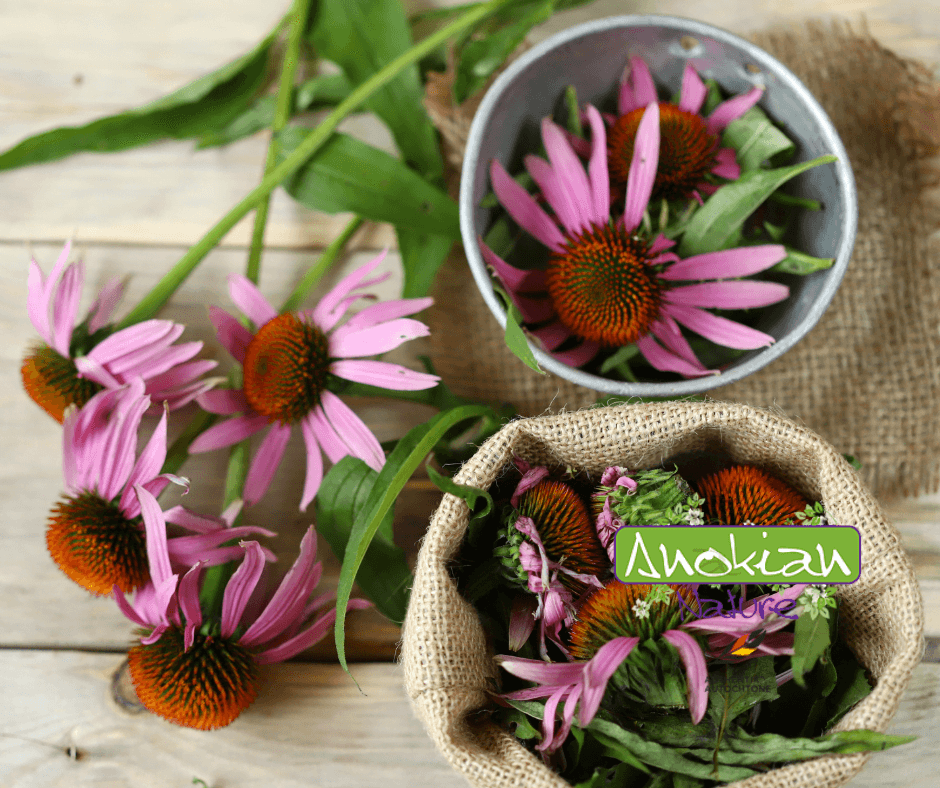Skip to product information










Seed | Purple Echinacea
$3.99 CAD
Quantity
Purple Coneflower (Echinacea purpurea) seeds. This hardy perennial attracts pollinators and has recognized medicinal properties. Optimal germination with cold stratification.